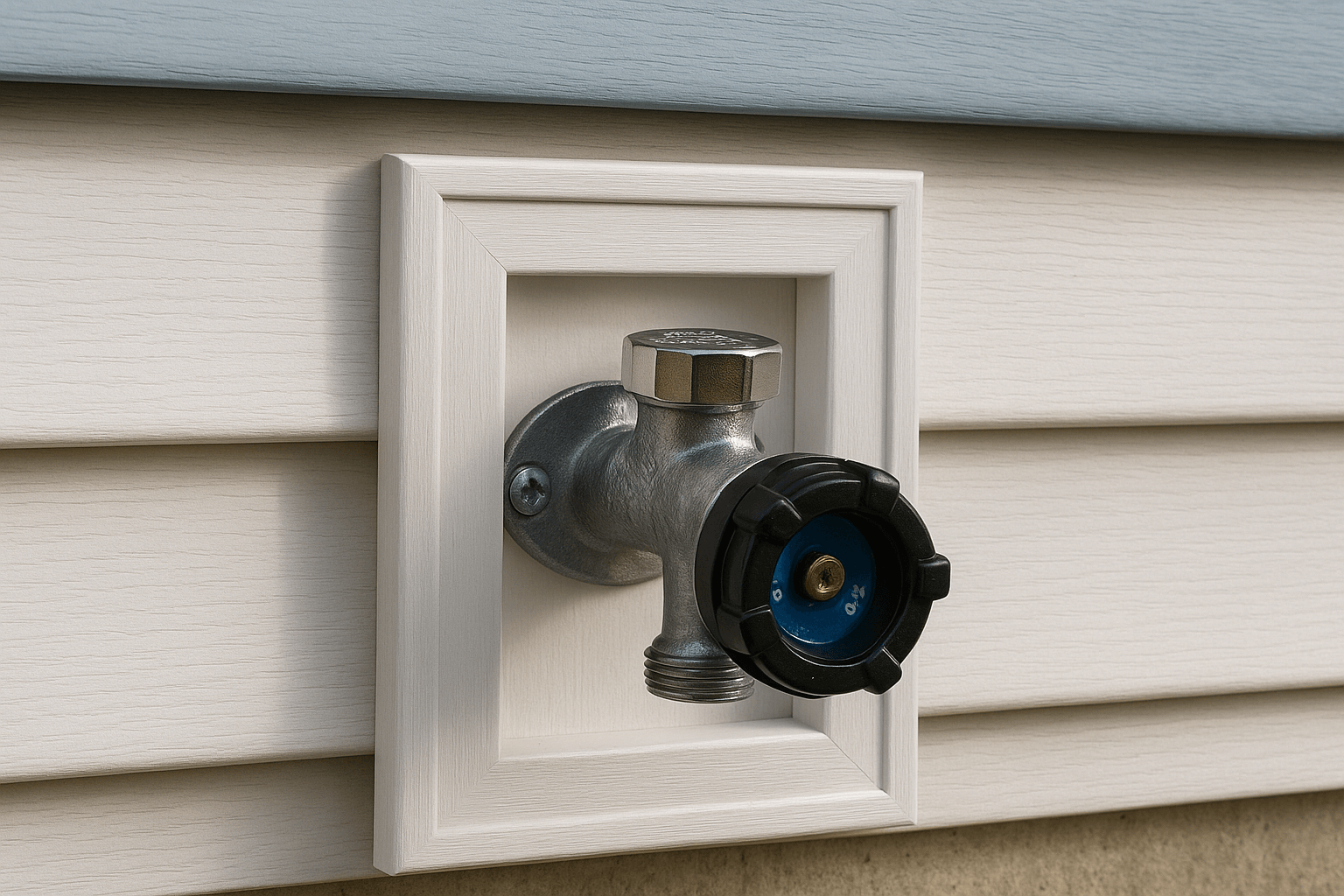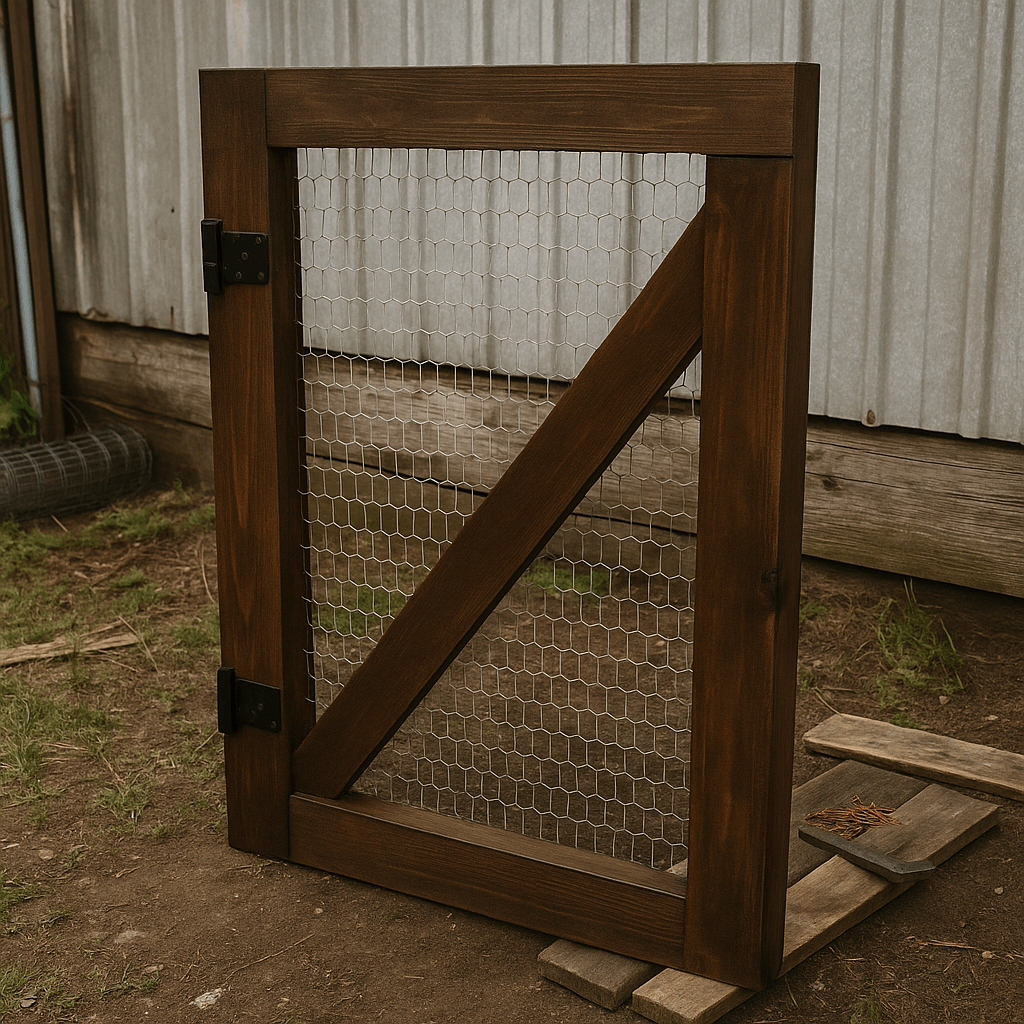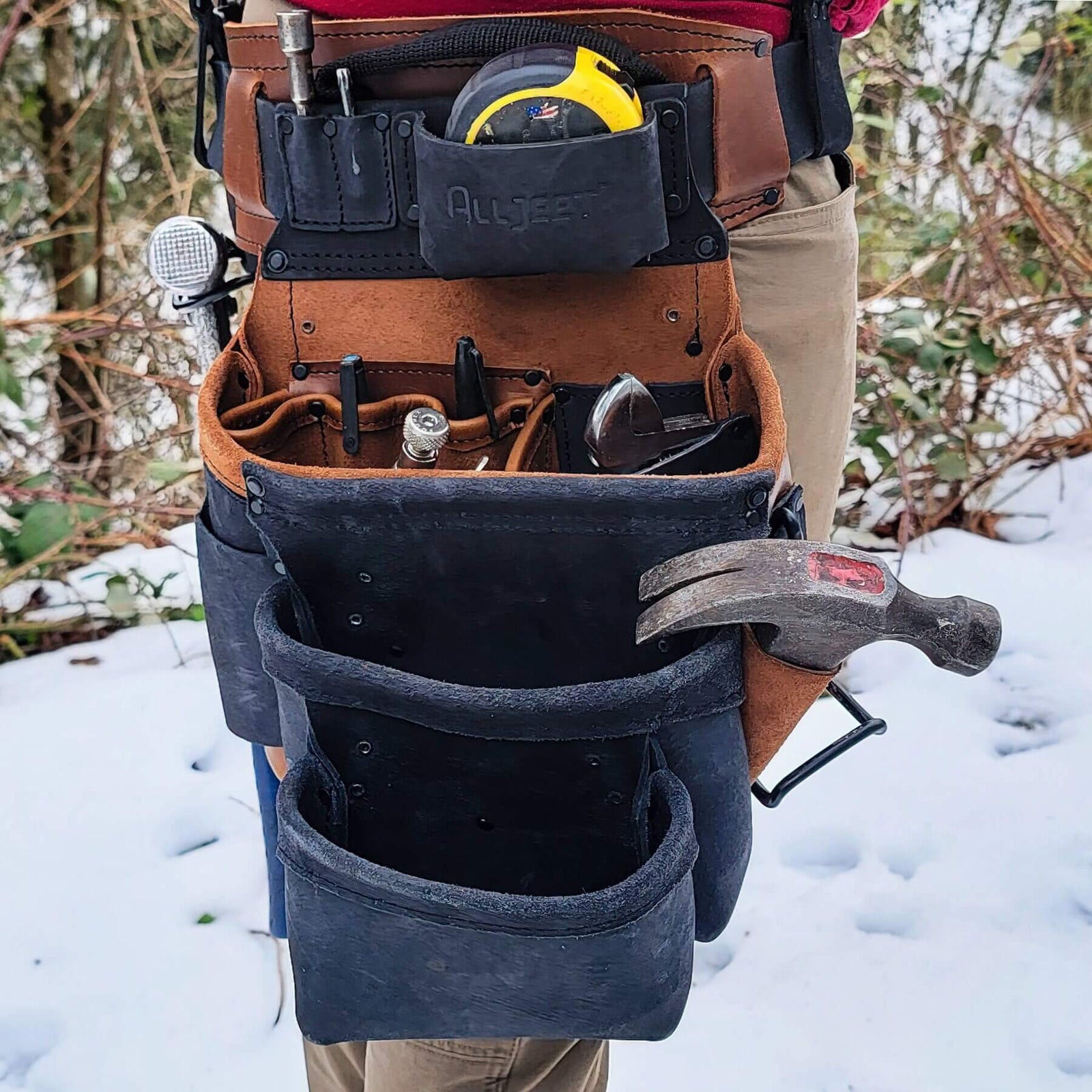Blower door tests often spark debate in the building and construction community, with some dismissing them as unnecessary or even a scam. But the reality is far from that. Blower door tests are not only legitimate but also an essential tool in modern building practices. As energy costs rise and environmental factors like extreme weather events and air pollution become more significant, ensuring your home is airtight is no longer a luxury—it’s a necessity.
What is a Blower Door Test?
A blower door test measures how airtight your building envelope is by creating pressure differences to identify air leaks. A specialized fan, mounted in an exterior door frame, is used to pressurize or depressurize the building. Sensors then measure how much air is entering or escaping, providing a detailed analysis of your home’s air leakage.
Why Airtightness is Critical
Your building envelope—the walls, roof, and foundation—plays a critical role in regulating your indoor temperature and air quality. Poorly sealed homes can lead to:
- Higher Energy Bills: Air leaks allow heated or cooled air to escape, forcing your HVAC system to work overtime and driving up costs.
- Poor Air Quality: Gaps in your home allow pollutants, allergens, odors, and even wildfire smoke to enter.
- Moisture Issues: Air leaks can bring in moisture, leading to mold, mildew, and structural damage.
- Pest Prevention: As a bonus, a properly sealed home will also keep out pesky spiders, termites, ants, and other critters by eliminating their entry points.
Blower Door Tests Save You Money
One of the most significant advantages of blower door tests is their ability to save homeowners money. Addressing air leaks during the construction phase is far more cost-effective than making repairs after the walls and siding are installed. Removing and reinstalling materials such as drywall or exterior siding can cost thousands of dollars. By identifying leaks early, blower door tests allow you to address these issues efficiently and affordably.
Building Science in the Modern Age
Some builders focus solely on profits, ignoring the principles of building science. However, blower door tests provide critical data to:
- Create an Efficient HVAC System: Knowing the home’s airtightness (measured in ACH – Air Changes per Hour) allows for a smaller, more efficient HVAC system to be installed. A tightly sealed home reduces unnecessary strain on the system, which not only saves energy but also lowers maintenance costs.
- Ensure Comfort and Safety: A tightly sealed home is easier to heat and cool consistently, preventing cold drafts in winter or hot spots in summer. It also allows for better control of humidity and moisture.
- Address Rising Environmental Concerns: With increasing wildfire smoke and pollution, a tightly sealed home helps maintain better air quality indoors, creating a safe haven from outdoor contaminants.
Addressing Misconceptions About Blower Door Tests
Critics sometimes argue that blower door tests are unnecessary or a way to upsell services, but the data proves otherwise:
- Energy Savings: A U.S. Department of Energy study shows that a properly sealed home can save homeowners 10–20% annually on heating and cooling costs.
- Health Benefits: The EPA highlights that airtight homes with proper ventilation significantly improve indoor air quality, reducing exposure to pollutants.
- Environmental Impact: Tighter homes require less energy, reducing their carbon footprint and aligning with global sustainability goals.
The Verdict
Blower door tests are absolutely necessary in modern construction. They provide an essential opportunity to identify and fix air leaks before they become costly issues. By investing in a blower door test during construction, you’re ensuring a more efficient, healthier, and durable home for years to come.
If you’re planning to build or renovate, don’t skip the blower door test—it’s a small step with massive returns.
Watch the Short Video Below:





Leave a comment (all fields required)